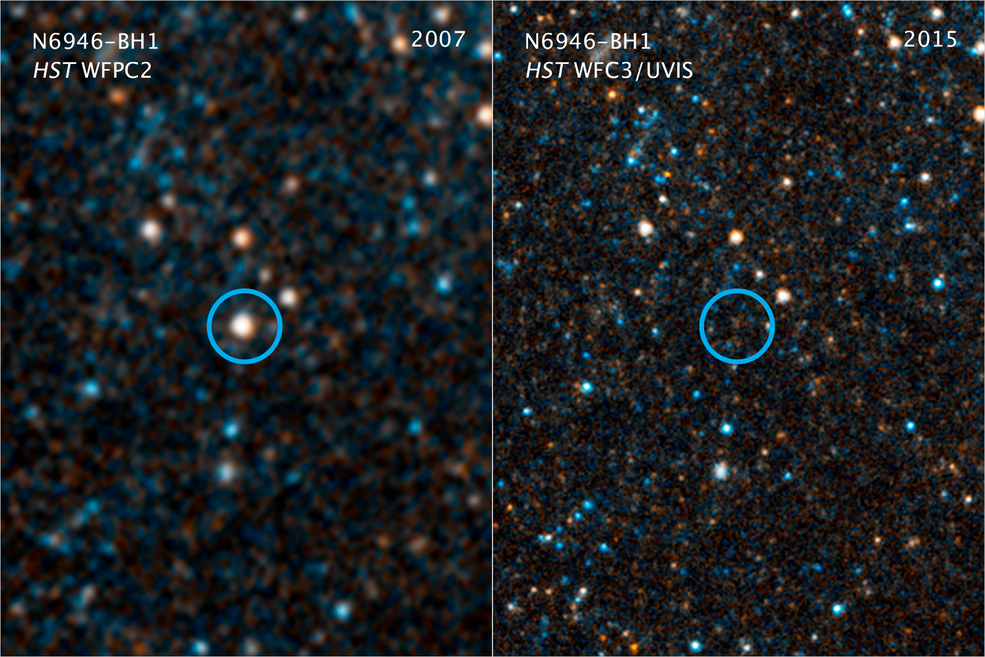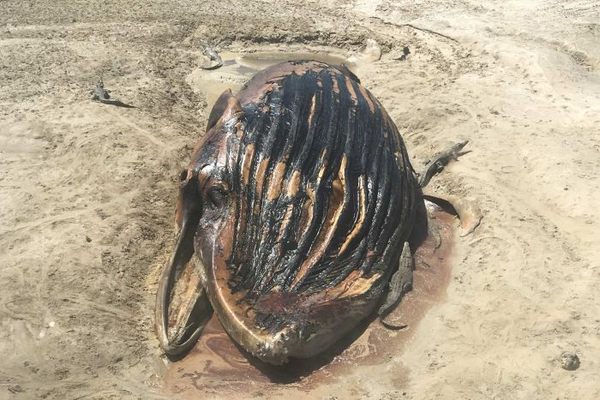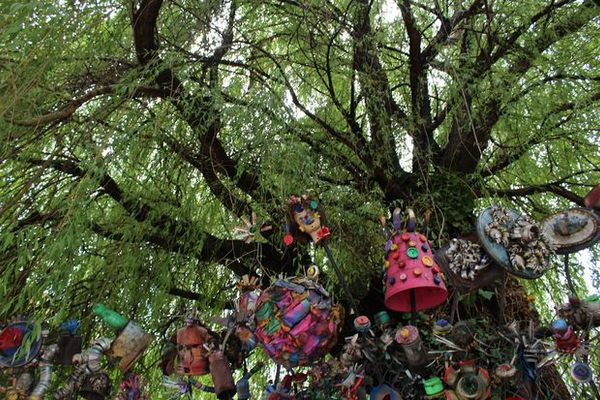The Unspectacular End of Star N6946-BH1
The quiet collapse of a red supergiant reveals a new fate for some stars: the “massive fail.”

N6946-BH1 had a long, glowing life. A red supergiant star that hung in a spiral galaxy 22 million light years away from the Milky Way, it was 25 times the size of the Earth’s sun, and blazed about 100,000 times more brightly.
Astronomers would have expected a star of its size to have an appropriately dramatic death. Many massive stars go out as supernovae—enormous explosions that catapult heat, elements, and cosmic rays into space. In 2009 scientists watched as N6946-BH1 seemed to gear up for its big moment. For a few months, it “shot up in brightness to become over 1 million times more luminous than our sun,” Phys.org reports. A spectacular supernova seemed to be approaching.
And then … it simply vanished. By 2015, the Hubble and Spitzer telescopes couldn’t see it, nor could they detect any radiation coming from where it once was.

In the Monthly Notices of the Royal Astronomical Society, a team of researchers that monitors 27 galaxies for supernovae offered up their diagnosis: N6946-BH1 was a so-called “massive fail,” an enormous star that, despite its size, collapsed into a black hole with no extra fanfare. In the seven years the team has scanned the sky for supernovae, it’s the only star they have seen this happen to.
N6946-BH1 may have faded away rather than burned out, but its death sheds some light on a longtime mystery: Why the rate of observable supernovae doesn’t match the likely rate of massive star deaths. “The typical view is that a star can form a black hole only after it goes supernova,” Christopher Kochanek, the study’s lead author, told Phys.org.
If it can reach the same state through less dramatic means, he says, “that would help to explain why we don’t see supernovae from the most massive stars.” After millennia of shining, maybe some stars just want to rest.
Every day, we track down a fleeting wonder—something amazing that’s only happening right now. Have a tip for us? Tell us about it! Send your temporary miracles to cara@atlasobscura.com.














Follow us on Twitter to get the latest on the world's hidden wonders.
Like us on Facebook to get the latest on the world's hidden wonders.
Follow us on Twitter Like us on Facebook